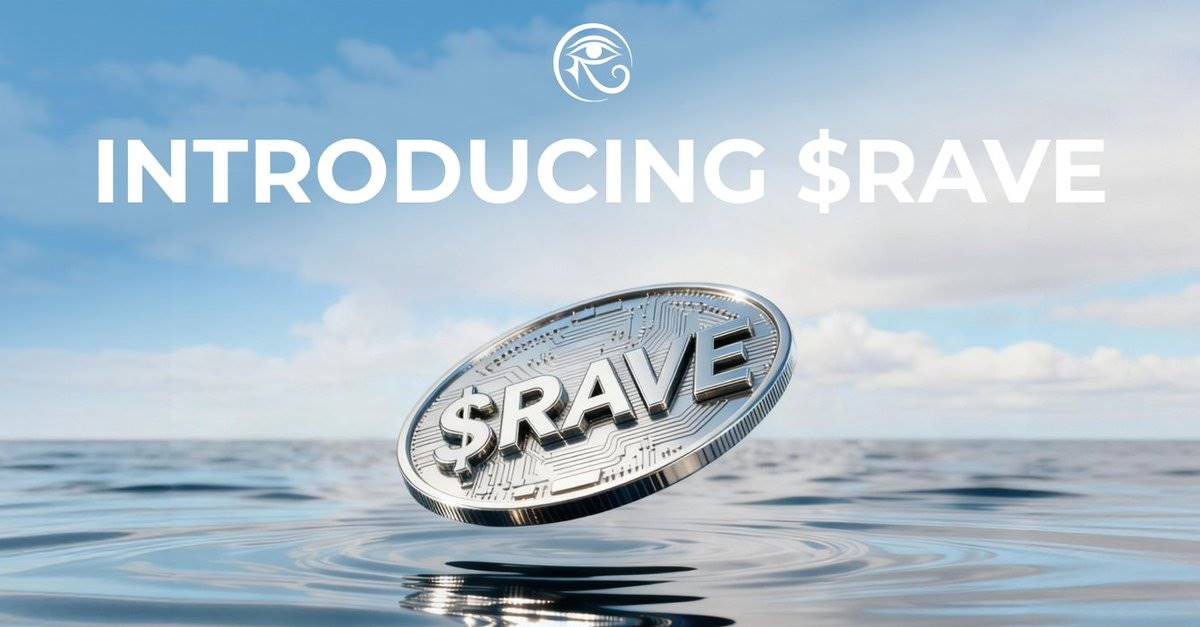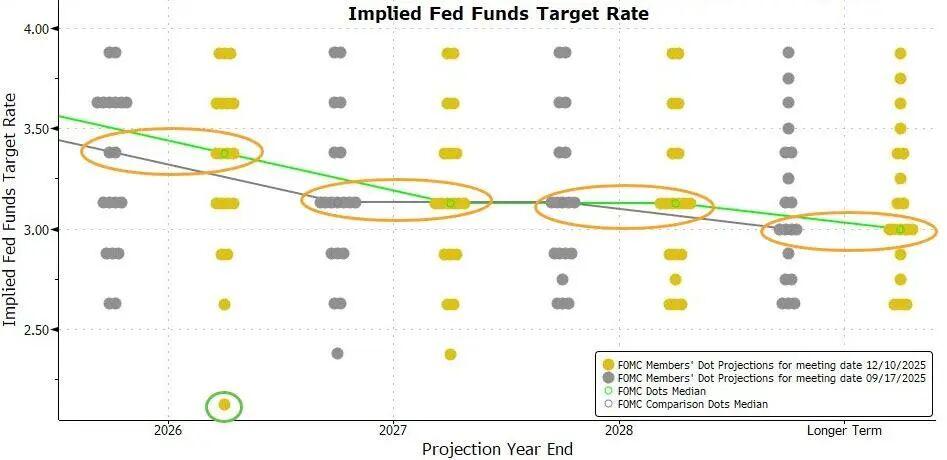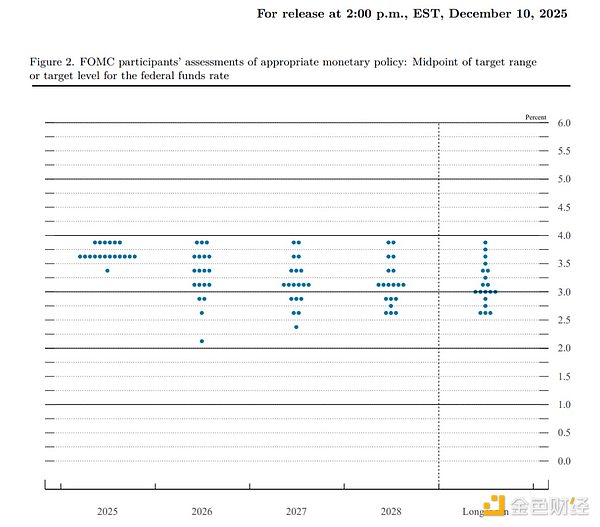The UK Financial Conduct Authority (FCA) released consultation paper CP25/28 on October 14, 2025, officially proposing a policy framework for fund tokenization. This policy aims to leverage blockchain technology to optimize investment fund operations, enhance efficiency and transparency, and provide clear guidance for fund managers to drive financial innovation and attract diverse investors. The FCA emphasized that this move will help the UK consolidate its global fintech leadership and is expected to reshape the traditional asset management landscape. This article will analyze the core of the policy, its implementation roadmap, potential benefits, and discuss its impact with reference to international cases.

01-Policy Framework Overview: Regulatory Innovation and Risk Balance
The FCA’s new policy marks a strategic shift by UK regulators towards blockchain applications. The policy allows fund managers to convert fund shares into blockchain tokens, enabling digital issuance and trading, thereby shortening settlement cycles and reducing operational costs. Traditional fund settlements often require T+2 days, whereas tokenization can achieve near real-time processing, significantly improving liquidity.
● Innovation Support Mechanism: The FCA provides a regulatory sandbox mechanism for fund managers to experiment, encouraging blockchain integration while ensuring compliance. The policy covers both public and private funds but prioritizes highly liquid equity products.
● Investor Protection Measures: All tokenized funds must comply with existing rules, including risk disclosure, anti-money laundering requirements, and asset anchoring mechanisms to prevent systemic risks.
● International Reference: The policy draws on the experience of the US Securities and Exchange Commission (SEC) and the EU’s MiCA regulations, aiming to fill the gap in UK digital asset regulation and promote cross-border fund flows.
02-Implementation Roadmap: Phased Blockchain Integration
The FCA’s accompanying roadmap provides practical guidance for asset management companies, covering key steps from technical assessment to market expansion. The document emphasizes gradual adoption to avoid overburdening small and medium-sized institutions.
● Preparation Phase (by end of 2025): Fund managers need to assess fund suitability, conduct blockchain compatibility testing, and collaborate with technology providers to simulate operations. The FCA recommends prioritizing high-liquidity funds for testing to verify cost-saving potential.
● Issuance and Distribution Phase (early 2026): Tokens are minted using standards such as ERC-20 and issued through authorized platforms. Investors can participate directly using digital wallets, bypassing traditional intermediaries and improving accessibility.
● Market Expansion Phase (mid to late 2026): Supports secondary trading and fractional ownership of tokens, allowing small investments to attract retail participants. The FCA requires integration of smart contracts to ensure automated dividends and value anchoring.
03-Policy Benefit Analysis: Efficiency Improvement and Market Expansion
The core value of the tokenization policy lies in addressing the structural pain points of traditional funds, including high costs and information asymmetry. Through blockchain’s distributed ledger, fund operation transparency will be greatly enhanced, with every transaction traceable in real time.
● Operational Efficiency Optimization: Administrative costs are expected to decrease by 20%-50%, settlement times reduced to seconds, supporting high-frequency trading and reducing human error.
● Enhanced Transparency: Immutable on-chain records can prevent incidents similar to the 2018 Woodford fund crisis, boosting investor confidence.
● Expansion of Investor Base: Fractional tokens lower the entry threshold from tens of thousands of dollars to several hundred pounds, especially attracting Generation Z—whose crypto asset ownership rate exceeds 60% but have low participation in traditional funds.
Indicator | Value (2025) | Currency |
Total AUM of UK Asset Management Industry | £10 trillion | Pound Sterling |
Total Global Asset Management AUM | $147 trillion | US Dollar |
Global Tokenized Asset Market Size | $124.4 billions | US Dollar |
Tokenized Money Market Funds (MMFs) Size | $7.4 billions | US Dollar |
Total Size of Tokenized US Treasuries/MMFs (YTD) | £5.5 billions | Pound Sterling |
BlackRock BUIDL Fund AUM | £1 billion | Pound Sterling |
Tokenized Private Credit Market Size (March) | $12 billions | US Dollar |
04-International Case Studies: Insights from Global Practice
The FCA policy draws on mature cases, which demonstrate the feasibility and benefits of tokenization in actual operations.
● BlackRock BUIDL Fund: In 2024, BlackRock issued this money market fund on the Ethereum blockchain, with its size rapidly reaching $1 billion. The blockchain tracking mechanism reduced settlement time from days to hours, with fee rates dropping by 15%, attracting institutional investors. This model provides a replicable issuance framework for UK fund managers.
● Franklin Templeton OnChain Fund: Since 2021, this fund has tokenized US government bonds, supporting investments starting from $1. By 2025, its assets exceeded $300 million. The smart contract automated dividend mechanism significantly reduced error rates, and UK-based Hargreaves Lansdown plans to develop retail products based on this model.
● Swiss Sygnum Bank Private Equity Fund: In 2023, Sygnum tokenized its private equity fund, enabling 24/7 trading and increasing liquidity by 40%. This case highlights cross-border potential, and the FCA roadmap lists it as a reference to help UK funds attract capital from Asia and the Middle East.
These cases show that tokenization not only improves efficiency but also expands market boundaries. BlackRock CEO Larry Fink pointed out that blockchain represents financial evolution, not disruption. Analysts predict that by 2026, the size of UK tokenized funds will reach £50 billion.
05-Industry Impact Assessment: Ecosystem Restructuring and Global Linkage
This policy will profoundly impact the UK’s £14.3 trillion asset management market, driving the transformation of traditional models towards digitalization. Large and medium-sized institutions such as Legal & General may take the lead, while small and medium-sized companies will have equal opportunities.
● Ecosystem Evolution: On-chain custody and risk assessment services will emerge, expected to create thousands of jobs, especially in the Manchester fintech cluster.
● Private Market Activation: Fractional mechanisms unlock high-threshold assets, attracting pension fund participation and driving trillion-level capital inflows.
● Global Spillover Effect: The UK’s initiative may influence the EU and Asia, with the Hong Kong Monetary Authority and Japan’s Nomura Securities already expressing interest in following suit.
However, the transformation comes with challenges. Security risks need to be mitigated through quantum encryption and stress testing; the technology gap requires investment in training; privacy compliance must balance GDPR with on-chain transparency. The FCA emphasizes backup mechanisms to prevent on-chain failures. JPMorgan’s report estimates that by 2030, global tokenized assets will exceed $10 trillion, with the UK holding a significant share.
Conclusion: Towards a New Era of Digital Finance
The FCA’s fund tokenization policy lays a solid foundation for financial innovation in the UK, bridging the traditional and the future through blockchain. This initiative not only optimizes operations but also reshapes investor participation, demonstrating regulatory foresight. Despite facing technical and regulatory challenges, its potential cannot be ignored. The asset management industry should respond proactively to seize this strategic opportunity.




